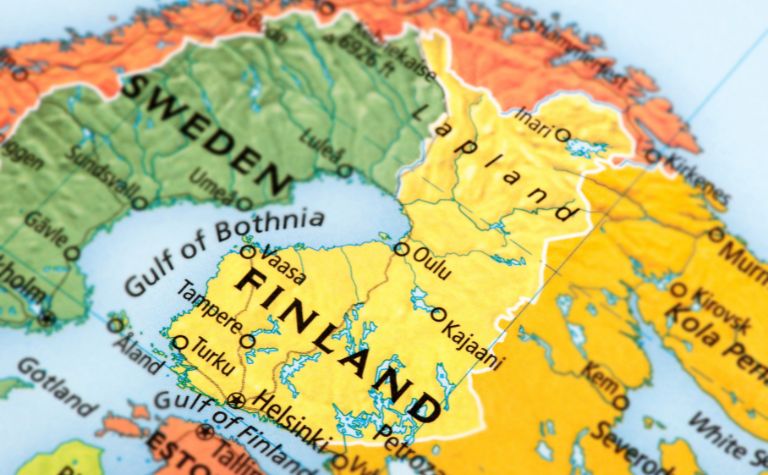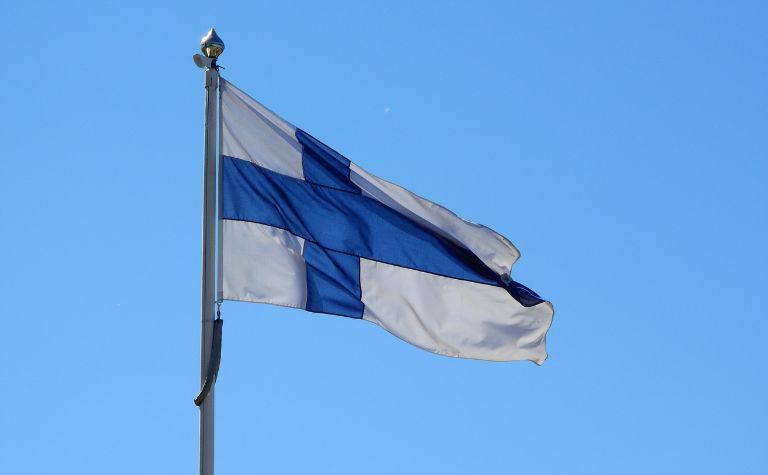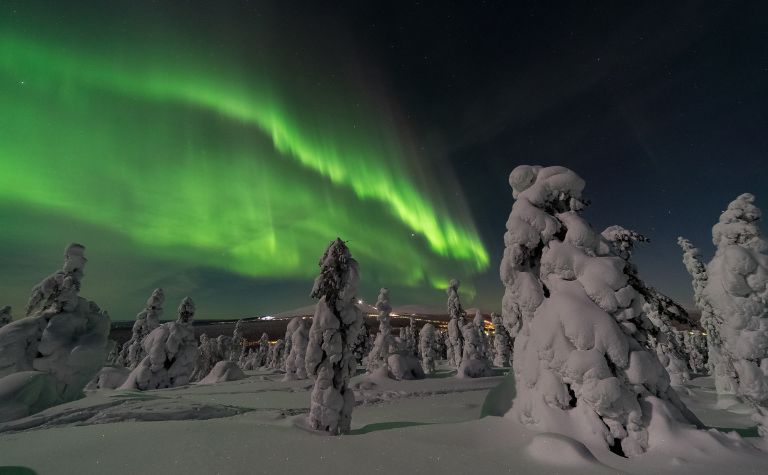As more and more tourists clog the international travel circuit, discerning globetrotters are looking farther afield in search of more authentic transnational adventures.
Smaller countries that offer unorthodox cultural experiences have capitalized on this trend.
Among the nations receiving greater interest is Finland.
Finland offers a wide range of experiences, with something for every visitor.
Its far northern location provides a splendid setting for outdoor activities.
And its long history of human occupation means that visitors will find plenty of historical sites to visit and cultural experiences to savor.
This article will list the headline cultural experiences, and historical and natural places, that visitors to the Scandinavian nation can look forward to seeing.
Also, see How to Move to Finland? to learn more.

What Cultural Experiences Can Tourists Have in Finland?
Cultural experiences that tourists in Finland can have include uniquely Finnish festivals and customs, delicious food, and charming old towns.
The Finns also have some of the world’s most innovative architecture and design.
Families with young children will not want to miss Santa Claus’s office.
Located in the far northern reaches of Europe, Finland is one of the most geographically remote nations in the world. It also straddles the divide between Europe’s eastern and western halves.
This unique geography has played a significant part in the evolution of uniquely Finnish culture. [1]
Finland’s remote location makes the changing of the seasons particularly pronounced here.
Winters can be long, dark, and harsh. By contrast, summers see almost 24 hours of sunshine.
It’s no wonder the Finns see summer as a season of celebration.
And no celebration is quite as remarkable in Finland as the Midsummer festival.
Midsummer is a time for Finns to celebrate family and the bounty of the great outdoors.
Traditionally, it is a time for summer cabins, fishing, and barbeques.
And many Finns choose to get married around this time of the year. [2]
Nowadays, a lot of cultural events – such as music and film festivals – are also scheduled for the summer months. [3]
Visitors can enjoy typical Finnish pastimes, such as ice swimming or going to the sauna.
They can walk around quaint old towns and explore castles, cathedrals, and lighthouses.
For travelers with a more modern sensibility, a visit to iconic Finnish design stores like Artek, Marimekko, and Littala is a must.
The vibrant Finish architecture scene is among the most innovative and exciting in the world, and there will be a lot of remarkable buildings to take in. [4]
Finnish food draws on fresh ingredients sourced from its many forests and lakes, especially fish, mushrooms, and berries, to wow all comers. [5]
Finally, families with young children will not want to conclude their trip to Finland before paying a visit to the official office of a certain Mr. Santa Claus. [6]
Also, see What Is Finland Known For? to learn more.

What Natural Places in Finland Are Worth Visiting?
Natural places worth visiting in Finland include Nuuksio National Park, Lake Saimaa, and Yyteri Beach.
The Pallas-Yllästunturi National Park and Halti are also sites that shouldn’t be missed.
Dotted with islands and lakes, Finland is one of Europe’s most densely forested countries.
Its far northern location makes for some truly spectacular vistas. Natural sites worth visiting include:
- Nuuksio National Park: Visitors won’t have to go far to experience great natural beauty in Finland. Nuuksio National Park is located within the Helsinki metropolitan area and can be easily accessed by public transport. It is a great location to swim, fish, camp, or hike. [7]
- Lake Saimaa: The largest lake in Finland, Lake Saimaa’s shores are dotted with quaint little cottages. It is one of those special places many Finns like to escape to every summer to boat, fish, swim, and enjoy nature for a brief but glorious portion of the year.
- Yyteri Beach: Located on the Baltic coast, Yyteri beach is another popular summertime destination among Finns and tourists alike. Visitors can stroll among Yyteri’s serene dunes, visit a jazz festival in the nearby town, or enjoy a day out at the spa or on the golf course.
- Pallas-Yllästunturi National Park: Located in Lapland, the Pallas-Yllästunturi National Park has some of the most breathtaking landscapes in all of Finland. Visitors can ski, watch arctic animals in a wild setting, or sleep under the Northern Lights for 200 nights a year. [8]
- Halti: Also located in Lapland, at 4,341 ft (1,323 m), Halti is the tallest peak in Finland. It is harder to get to than some of the other locations on this list, and harsh conditions mean that it is only accessible during the warmest months of the year. Natives consider the mountain to be sacred.
Also, see Sweden vs. Finland: What’s the Difference? to learn more.

What Historical Places Are Good To Visit in Finland?
Historic places that are good to visit in Finland include the Suomenlinna Sea Fortress, Turku Castle, Petäjävesi Church, Old Rauma, the Sammallahdenmäki burial site, and the Kvarken Archipelago.
Finland has been settled since the Ice Age and was famously the home of some of the Vikings.
In more recent centuries, the country was dominated by Sweden and then Russia, only winning independence in 1917.
This tumultuous and long history has left its traces all over the country. [9]
Sites of historical importance include:
- Suomenlinna Sea Fortress: This formidable complex of marine fortifications spans eight islands in Helsinki. Initially built in the 18th century, it traded hands between the Swedes and the Russians before ending up in Finnish custody. Today, the Suomenlinna fortress is recognized as a UNESCO World Heritage Site. [10]
- Turku Castle: Dating to the 13th century, Turku Castle is a witness to over 700 years of Finnish history. It almost didn’t make it this far. Bombed into oblivion during the Second World War, it took painstaking work to restore the castle to its former glory. [11]
- Petäjävesi Church: Another World Heritage Site, Petäjävesi is a Lutheran country church surrounded by agricultural land, lakes, and forests. It was constructed from logs in the 18th century and mixes Gothic and Renaissance elements in a style unique to Eastern Scandinavia. [12]
- Old Rauma: Old Rauma is a charming medieval town constructed in the traditional Finnish style. Consisting solely of wooden homes, it has burnt down several times in the past. It is another site on this list that is recognized as a World Heritage Site. [13]
- The Sammallahdenmäki Burial Site: Sammallahdenmäki is a Bronze Age burial site located on the Gulf of Bothnia. Entrance to the site is free. Visitors can view the remnants of a long-gone culture here, including 600 structures identified as Bronze Age Burial cairns.
- Kvarken Archipelago: Located on the northwestern coast of Finland, The Kvarken Archipelago is a UNESCO World Heritage Site that Finland shares with Sweden. It is one of the best places in the world to view geological features dating back to the Ice Age.
Conclusion
Finland offers potential visitors many exciting opportunities to enjoy a unique landscape and culture.
Also, see What Does Finland’s Government Give To New Mothers? to learn more.
References:
[1] Source
[2] Source
[3] Source
[4] Source
[5] Source
[6] Source
[7] Source
[8] Source
[9] Source
[10] Source
[11] Source
[12] Source
[13] Source
